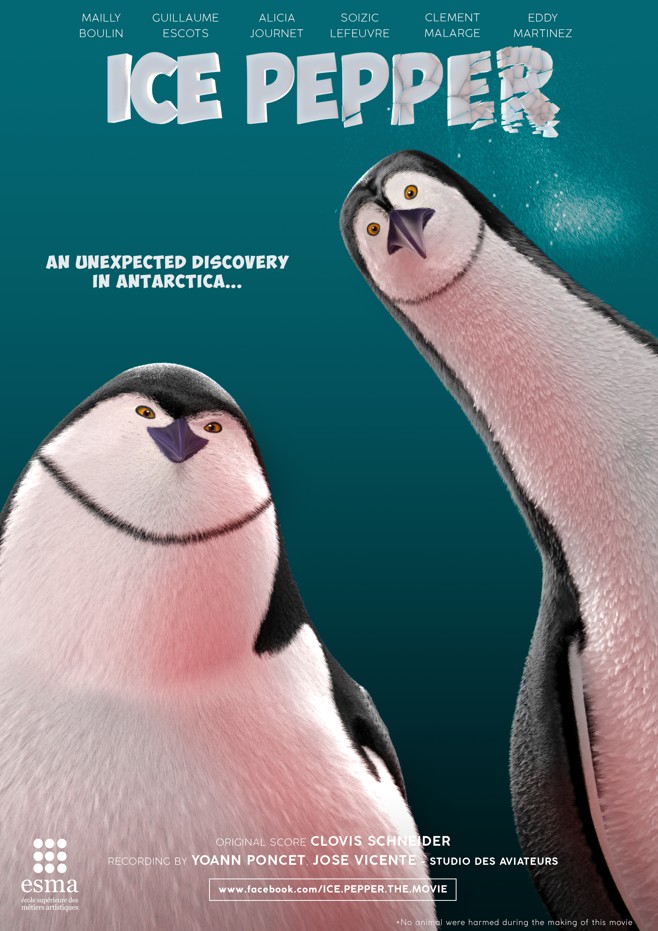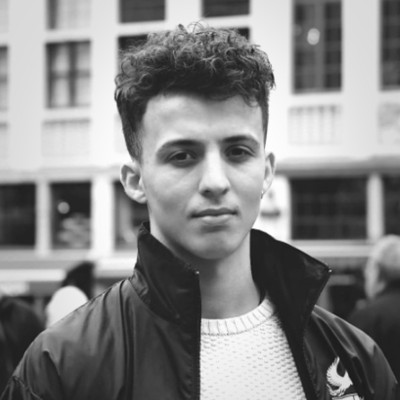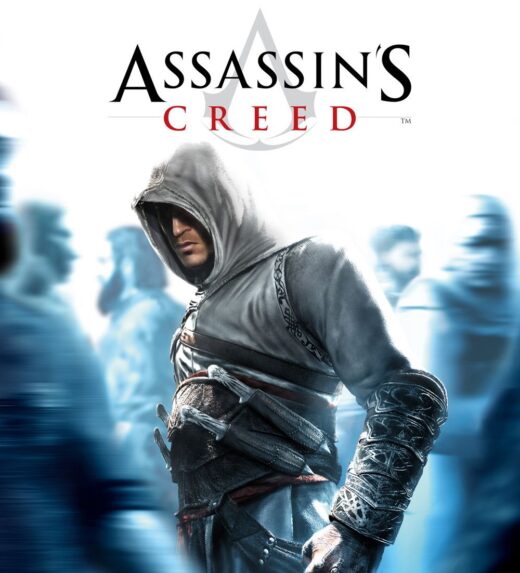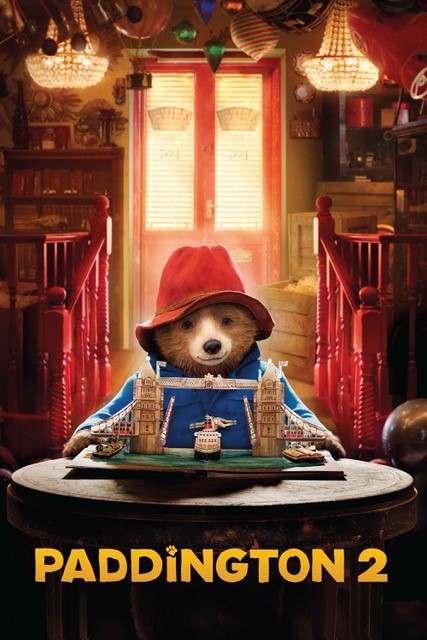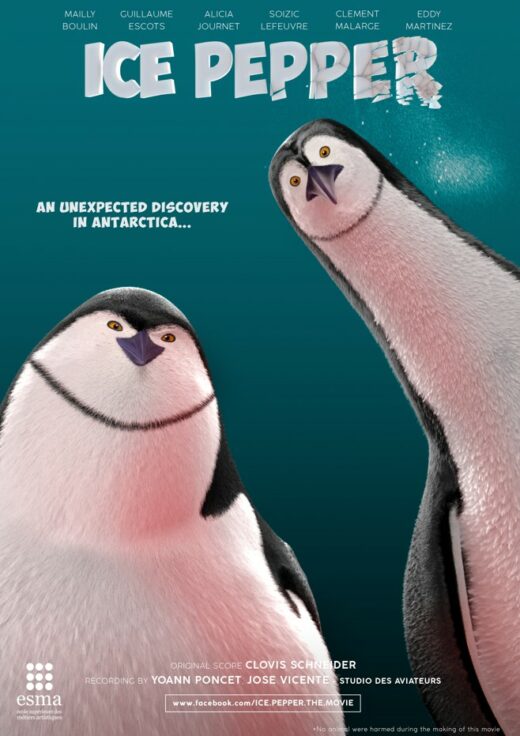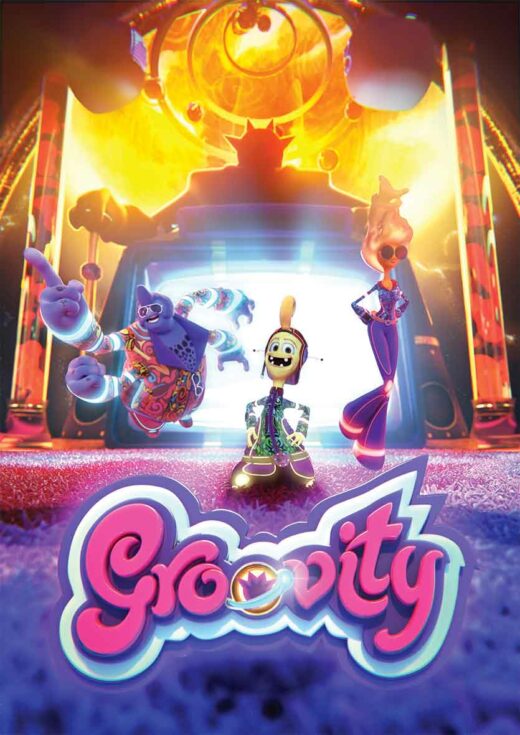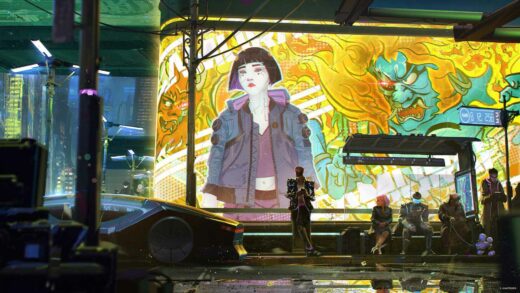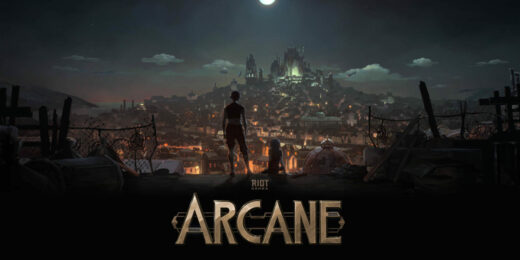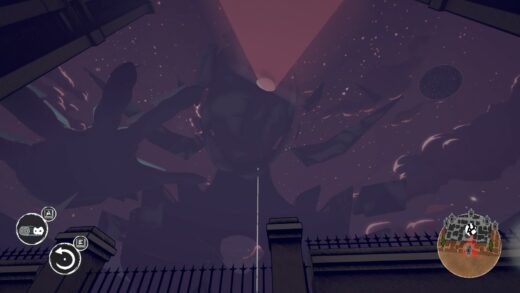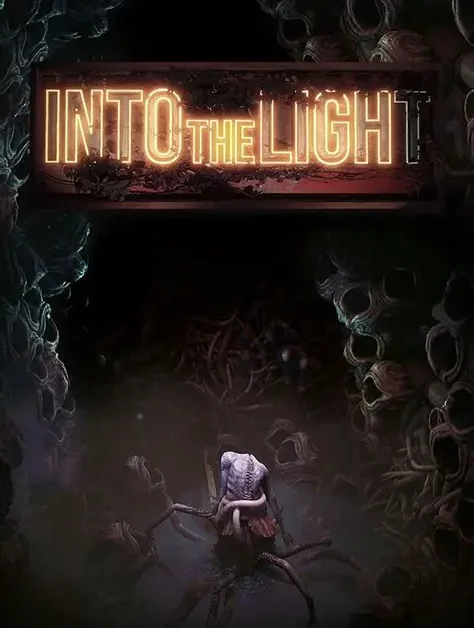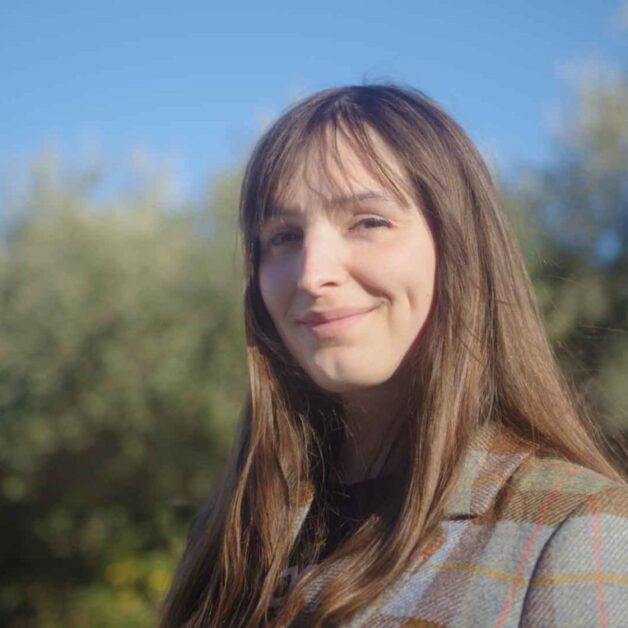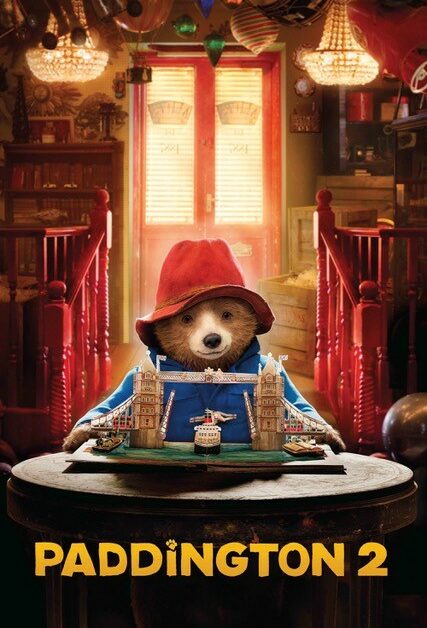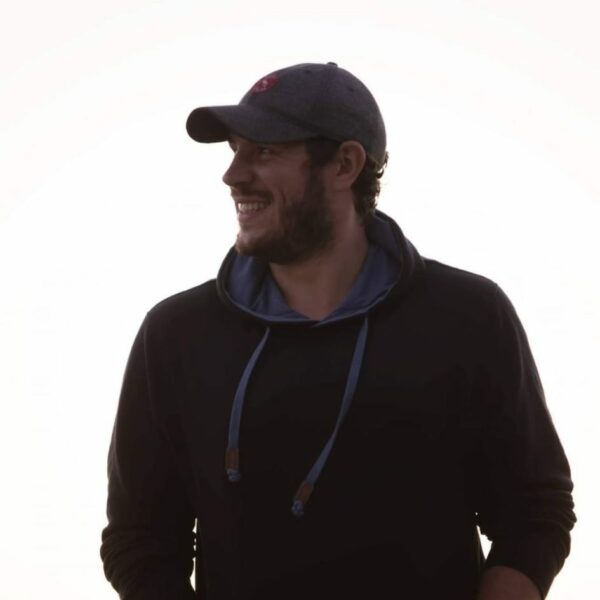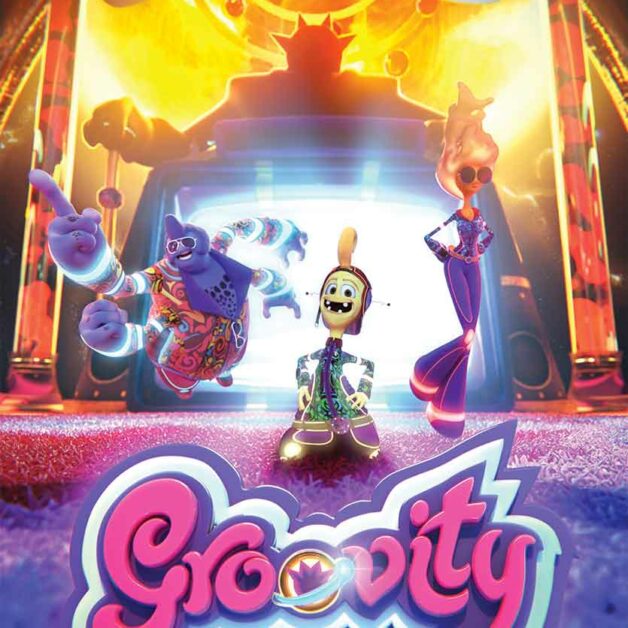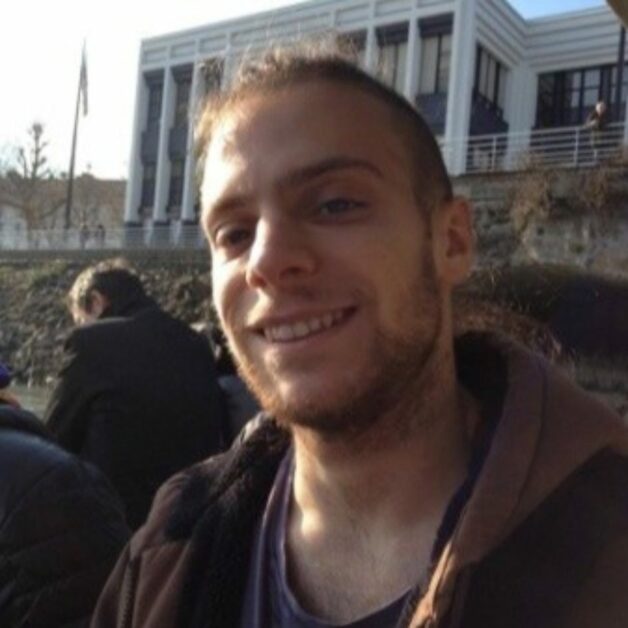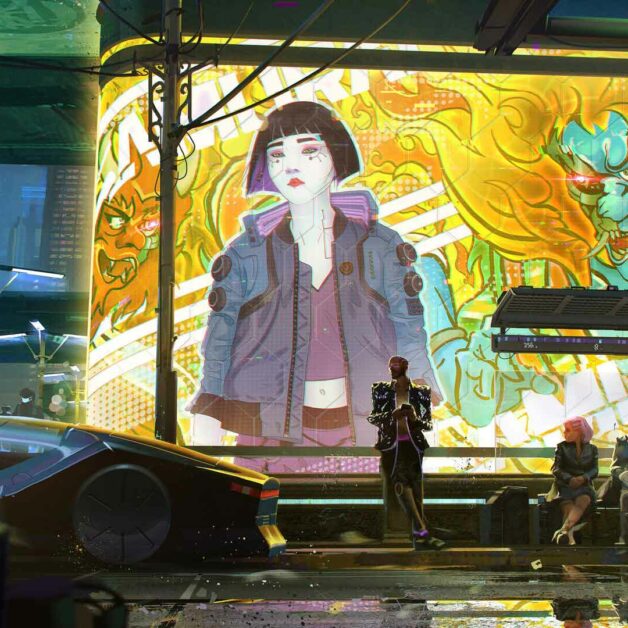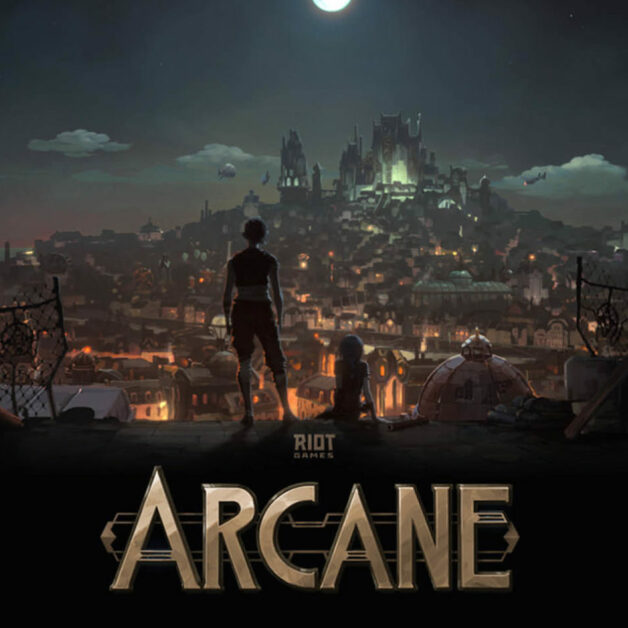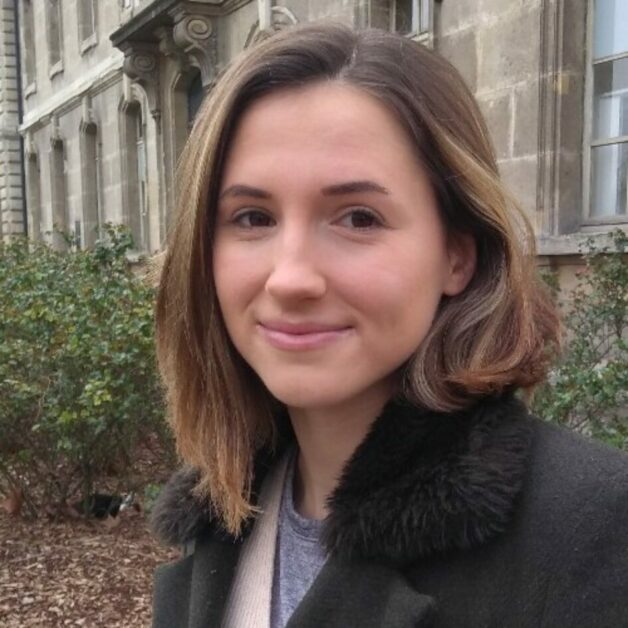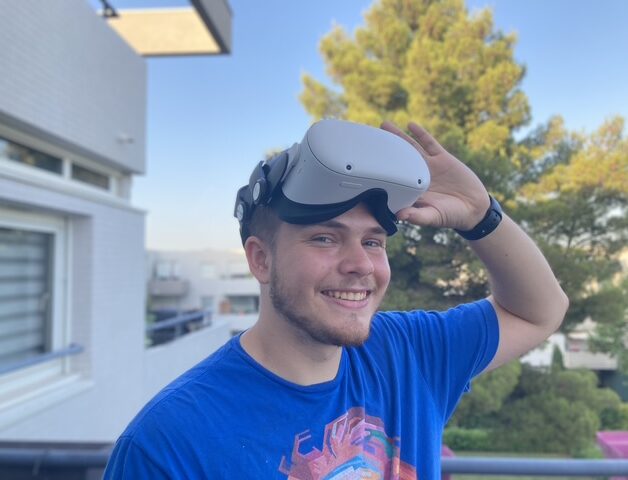Bringing life through movement
For Eddy Martinez, animation is above all a question of rhythm and acting. Since graduating from ESMA, he has built an international career between France, Belgium and the UK, before returning today to a major French VFX studio. With seven years’ experience behind him, he shares his career path, his challenges and his vision of the profession.
Interview
Can you give us a brief outline of your career?
My name is Eddy Martinez and I’m a senior animator in a French studio specialising in visual effects. After studying at ESMA, I worked in France, Belgium and the UK.
I started my career at Mikros Animation, then moved to Belgium where I had the opportunity to make a short animated film. My time in London marked a decisive step: I went from cartoon to VFX, working on a wide variety of projects – documentaries, commercials, series, films and even blockbusters.
What are your current responsibilities?
As senior animator, I’m responsible for creating the characters’ movements. My role lies between pre-production and post-production. I start with a rig and work through to the final render, ensuring that every movement is credible and consistent.
What made you want to do this job?
Music played an important role. Since childhood, I’ve developed a sensitivity to rhythm, and this sense of tempo is fundamental in animation.
I’ve also always loved acting. What I like about animation is giving a character a soul, giving them personality and credibility. Every shot is a work of embodiment: I put myself in the character’s shoes so that his gestures and reactions seem natural. It’s much more than a job, it’s a vocation: to breathe life into a character through movement.
Did you encounter any difficulties at the start of your career?
Yes, of course. My first steps in the big studios were a real shock. You get a sense of the expectations, the pace of production and the precision required. But these challenges enabled me to make rapid progress, gain autonomy and gain confidence. I was lucky enough to be surrounded by some very inspiring colleagues, which helped a lot.
What difference did you perceive between training at ESMA and professional reality?
ESMA gave me an overview of animation. I was exposed to a wide range of disciplines, which made me very versatile. This approach has served me well in the future.
Once in the studio, I learned to push the detail much further. Every movement counts, every nuance makes a difference. You realise that it’s the little adjustments that give the final result its strength.
What qualities are essential in this profession?
Passion and perseverance. Animation is demanding: you have to devote a lot of time and energy to it. Concentration and rigour are essential, as is curiosity, because every project requires you to learn something new.
What tools do you use on a daily basis?
Like many animators, I work mainly with Maya, which remains the reference. I’ve also had the opportunity to use 3ds Max. Each studio has its own tools and pipelines, so it’s important to remain adaptable.
What was your training path?
After my A-levels, I enrolled at ESMA to study 3D animation and special effects. The course enabled me to discover all the facets of 3D, before specialising in animation.
Why did you choose ESMA?
Since childhood, I’ve been passionate about cinema and art. I knew I wanted to make a career out of it. When I discovered ESMA, it was obvious: the school offered the ideal framework for realising this vocation.
What advice would you give to future ESMA graduates?
One piece of advice I received that I think is essential: “50% of animation is based on references”. It’s essential to study real movements, to observe life and attitudes, and then transpose them to the screen. The research work is colossal, but it makes all the difference.
How long does the average project last?
It all depends. An advert can take a few weeks to two months to complete. On the other hand, a blockbuster can mobilise teams for several years. Timescales vary greatly depending on the nature and ambition of the project.
Eddy Martinez’s career illustrates the passion and high standards needed to succeed in animation. From Belgium to London, from cartoons to VFX, he has taken each step by cultivating rigour and creativity. Now a senior animator, he continues to bring characters to life by combining a sense of rhythm, artistic sensitivity and technical expertise.
